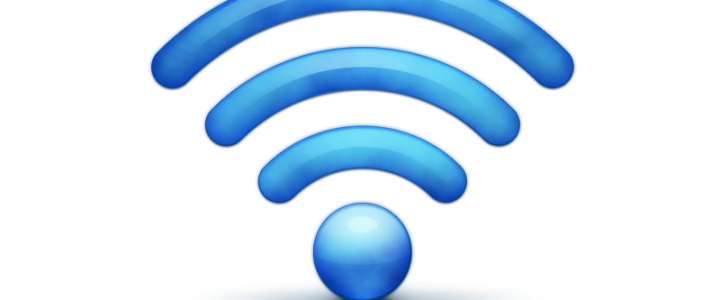Internet Access & Wi-Fi – What you need to know!
By Aysë Stenabaugh
There are a few aspects to internet access that are helpful to understand. First, you have the internet as a service which is supplied by an internet service provider such as Comcast or Brightspeed. Next, you have your network equipment which includes at least a modem and may or may not be provided by your Internet Service provider (ISP). Lastly, you have the equipment that you are connecting to the internet which can include wired or wireless devices such as computers, cell phones, or tablets. It can be helpful to know how all of this works together especially if you encounter a problem and don’t know where to start.
Without an ISP or Internet Service provider you can still connect your devices to one another, however you won’t be able to connect to the World Wide Web, access websites or perform Internet-dependent tasks such as checking your email. In our local area, Comcast and BrightSpeed (formerly Centurylink) are the most common home internet providers though they are not the only options. When choosing an internet provider, you should first find out what is available in your area. Once you know what is available you can compare the prices of the different plans as well as the internet speeds that are being offered. Some internet providers will require you to commit to a contract or a certain period of service length to quality for special pricing.
Once you choose an ISP they will typically ask you if you would like to rent their equipment or purchase your own. Most internet providers charge a rental fee for equipment, so it is important to decide ahead of time which option is right for you. If you decide to purchase and supply your own equipment, you will pay more in up front costs and save more save on monthly fees in the long term. If you buy your own equipment you will have more options available to you which may be important to you if you are planning to utilize special features ( this won’t apply to most users). If you purchase your own equipment you will want to ensure that your device is compatible with both your service provider and the supports the speeds that your plan provides.
Internet access doesn’t automatically mean Wi-Fi. Most internet modems have built-in Wi-Fi support, but some provide wired access only. Many modems that do provide Wi-Fi don’t have very strong antennas, if you find that the wireless internet signal is weak you can upgrade your equipment or connect a router or repeater to extend wireless access. Modern modems and routers may support multiple network bands including 2.4 Ghz, 5 Ghz and Wifi 6. Your modem or router and the equipment that you are connecting to the internet need to have support for the network band you are trying to connect to. Older devices won’t have support for Wifi 6 and many devices such as smart devices still require 2.4Ghz networks. This may be in part due to the fact that despite supporting lower network speeds the range and ability to penetrate walls is the greatest with a 2.4 Ghz network.
So what can you do if you are experiencing a problem with your network or wifi access? First, keep in mind that network or wifi access does not automatically mean that you have internet access. To troubleshoot your issue you should first restart your modem by disconnecting power to the modem, waiting 30 seconds, and reconnecting power. Your modem can take up to 5 minutes to reboot. If you still don’t have internet access test other devices to see if one of your devices is not connected or all of them. If you only have one device to test with or if none of your devices are functioning on the internet you may be experiencing an internet outage or equipment failure. If you are experiencing issues with only one device it may be your device that is having a hardware or software conflict. Take caution when troubleshooting internet issues when you know your device is working on other networks.
If you are having internet issues and suspect that your computer is the problem, we can perform diagnostics in our shop to narrow down where your issue is coming from. Sometimes repairing your modem or repairing your incoming line is required but other times your device may be having hardware issues.
